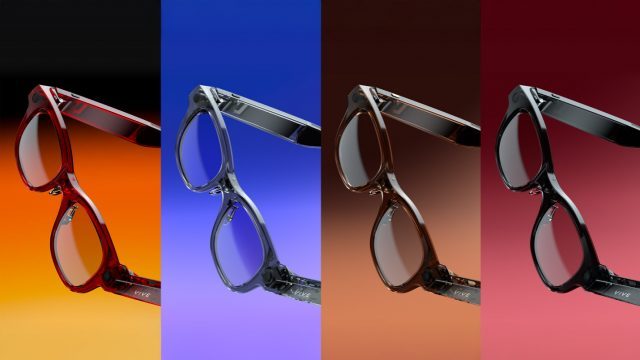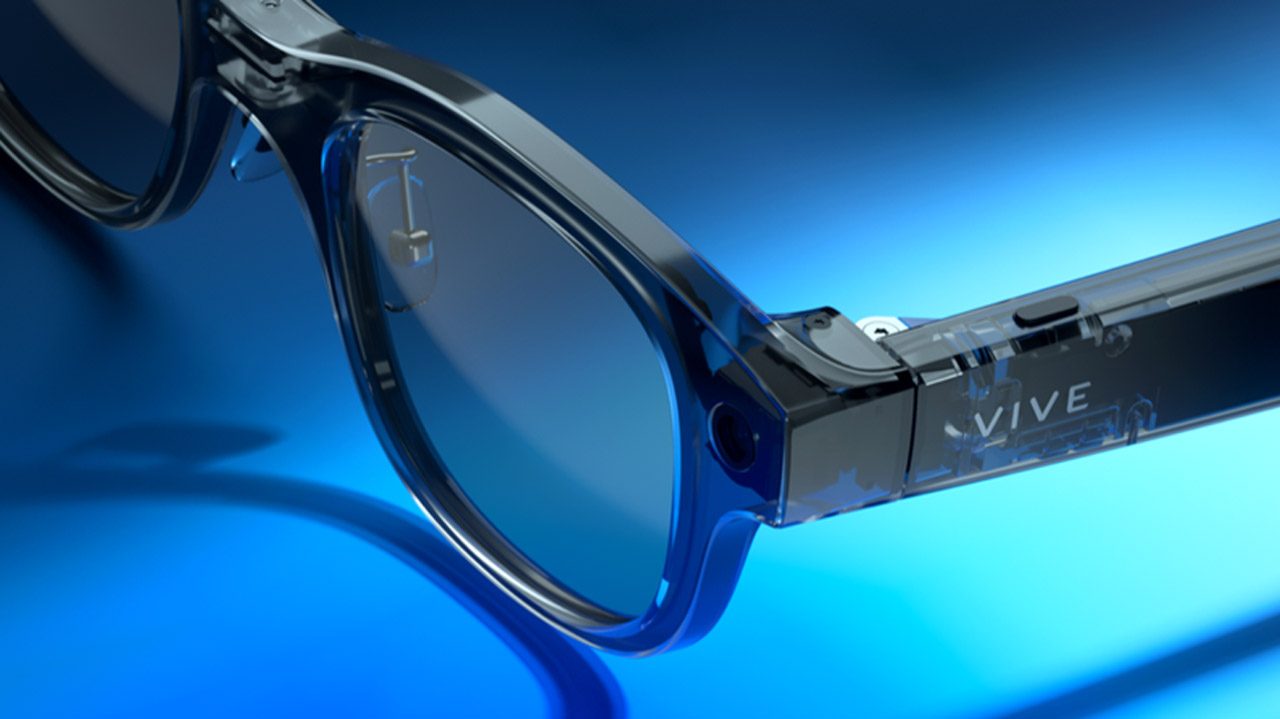HTC is joining Meta and others in the rapidly heating smartglasses space with its newest product, the VIVE Eagle. Like other smartglasses, the Eagle lacks any kind of display, being positioned instead as a vehicle for AI voice assistance and media capture.
Smartglasses have been around in one form or another for more than a decade. But the rise of AI assistants based on large language models has caused a resurgence of interest in the category. Today’s smartglasses represent the form-factor that the XR industry is ultimately seeking for the ultimate XR glasses, but they lack the powerful immersive features of bulkier headsets. On the other hand, today’s XR headsets have many of the immersive features and advanced sensing capabilities that the industry wants for the ultimate XR glasses, but they lack the compact and comfortable form-factor of proper glasses.
Practically speaking, smartglasses show the industry burning the candle on both ends: working from a small form-factor and figuring out how to add more capabilities, whihle also working from a larger form-factor with more features and figuring out how to shrink the size. In the end, it looks certain that smartglasses and XR headsets will converge somewhere along the way as the ideal balance of form-factor and capabilities is found.
So it’s not surprising to see HTC—one of the most recognizable players in the XR space—jump on the smartglasses train with the recently announced Vive Eagle.
Unlike Meta—which has so far kept its smartglasses separate from its Quest & Horizon brands—HTC is making its smartglasses part of its Vive brand, which has traditionally been reserved for its immersive headsets.
Weighing in at just 49 grams, Vive Eagle has a familiar set of capabilities compared to smartglasses like the Meta Ray-Bans: a helpful AI chatbot and a camera for capturing photos & video; there’s even the same little button for activating the camera, and an LED light to show observers when the camera is in use.
The camera is said to be 12MP (3,024 × 4,032) and capable of taking HDR photos. Videos are captured at 3MP (1,512 × 2,016) at 30 FPS. The glasses include 32GB of storage which HTC says can store some 3,000 photos or 50 videos up to three minutes each.
HTC is calling the chatbot that underpins the headset “Vive AI,” which it says can handle “everyday commands like taking a photo, playing music, or launching an app completely offline.” The company says Vive Eagle’s intelligence can be extended with the likes of OpenAI’s ChatGPT or Google’s Gemini for more complex queries, with “anonymized requests” to maintain privacy.
HTC also says Vive Eagle offers “real-time translation of text from over 13 languages,” including photo-based translation, as well as “voice control for phone apps, scheduling events, playing music, and more.” While both iOS and Android are said to be supported, it’s likely that Android users will see some extra functionality thanks to the more open nature of the OS.
As for battery life, HTC says Vive Eagle can play music for up to 4.5 hours. It doesn’t sound like the included case will double as a charger (a nice convenience for the Meta Ray-Bans), but at least the Eagle can be juiced up quickly in a pinch, with a claimed 0–50% charge in just 10 minutes via the included magnetic charger.

The Eagle will be equipped with ZEISS UV400 lenses, which provide UV protection without significant tinting (making them usable both indoors and out). Prescription lenses will also be offered for those needing vision correction.
Eagle will be “available in Taiwan first” on September 1st, says HTC. While this implies it will come to other countries in the future, no firm release date for other regions has been shared. The Taiwan version is priced at NT$15,600 ($520)
,
